Last Chance to Catch NYC's Holiday Notalgia Train
We met the voices of the NYC subway on our nostalgia ride this weekend!



The New York City Police Department (NYPD) was founded in 1845 with 900 men on the force to protect the city’s 400,000 residents. Since its inception, the NYPD has grown to nearly 35,000 members strong, and continues to grow with each batch of Academy graduates. The officers are part of 76 precincts in the five boroughs. Here are the top ten secrets of the NYPD, ranging from the origins of its nickname “New York’s Finest,” to the color of the day system used for undercover police officers and the role of women in the history of the police department.
With approximately 34,500 members, the NYPD is the largest police force in the country. Per capita however, New York is behind Washington D.C., Baltimore, Chicago, and Philadelphia. New York City had an estimated population of 8,550,405 in July 2015, making there .004 cops per person. In April 2016, 634 rookie cops graduated from the NYPD Academy and over 1100 joined the department in December 2015. According to Goerning.com, the second largest police department in the United States is the Chicago Police Department, with about 12,500 officers on its force.
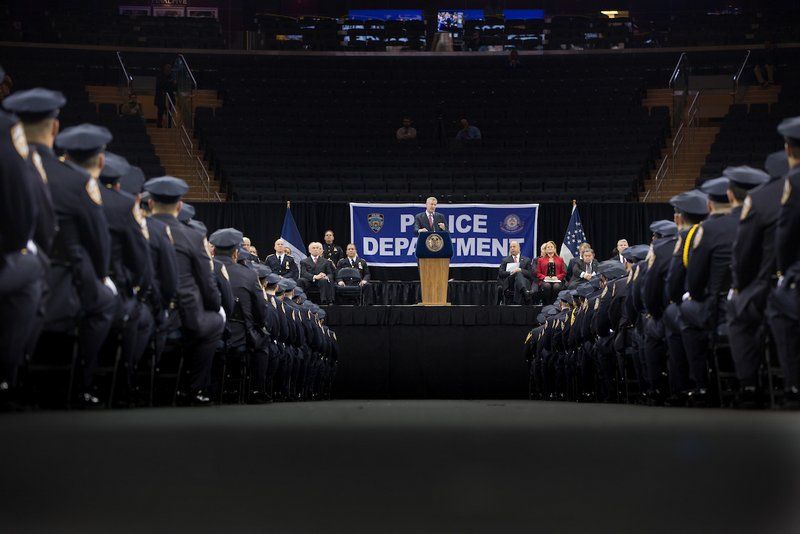
New York City Mayor Bill de Blasio, Police Commissioner William Bratton and U.S. Department of Homeland Security Secretary Jeh Johnson attend an NYPD Police Academy Graduation at MSG on Tuesday, December 29, 2015. The graduation and swearing in ceremony included 1,126 NYPD graduates and 10 non-NYPD graduates. Photo: Michael Appleton/NYC Mayoral Photography Office
The structure of leadership has changed throughout the history of the NYPD. In the early years of the police department, the Superintendent was in charge of a group of four to six Commissioners who ran the department as a single unit. The first NYPD Superintendent was George Washington Matsell, who held the post from 1845 to 1857. Former President Theodore Roosevelt also served as President of the NYPD Board of Commissioners from 1895 to 1897, and replaced the group of Police Commissioners with a single Police Commissioner when he was the Governor of New York in 1901.
Since its inception, there have been no female Police Commissioners in the NYPD. However, the NYPD has employed women since it was formed in 1845. They worked as jail matrons, Secretaries to the Police Board and policewomen (starting in 1918.) Today, women comprise 18% of NYPD forces. The Policewomen’s Endowment Association was formed in 1921, and it fought for women’s equality in the police department until the Patrolmen’s Benevolent Association allowed women to join in the 1960s.
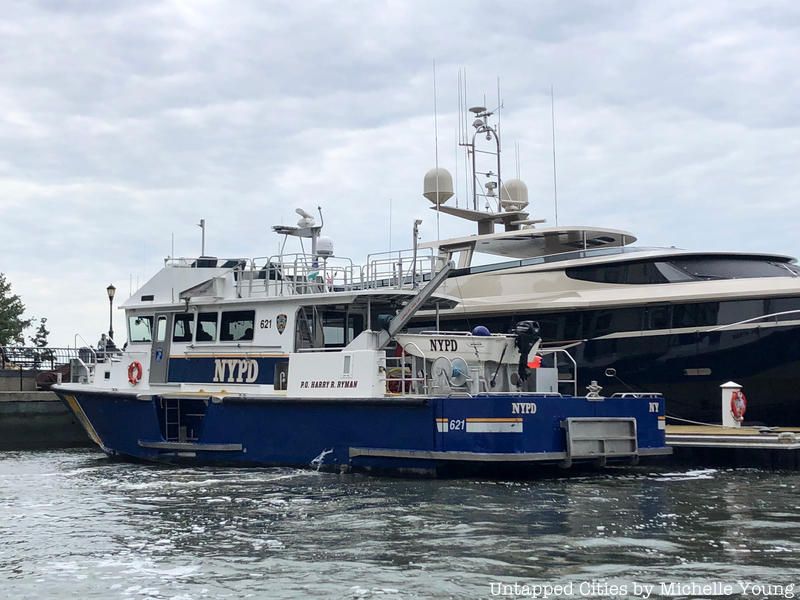
Both uniformed and undercover officers patrol the streets of New York City. The color-of-the-day system started in the 1970s with the now-defunct Street Crime Unit of the NYPD. During the ’70s and ’80s, undercover officers would pose in high-risk areas as homeless people or plain-clothes civilians in order to mediate the rising crime throughout New York City. The color of the day is a signal that is worn to prevent friendly fire, and police officers continue to use this system. When undercover officers are on duty, they are required to wear an article of clothing in the designated color of the day to signify that they are with the police department.
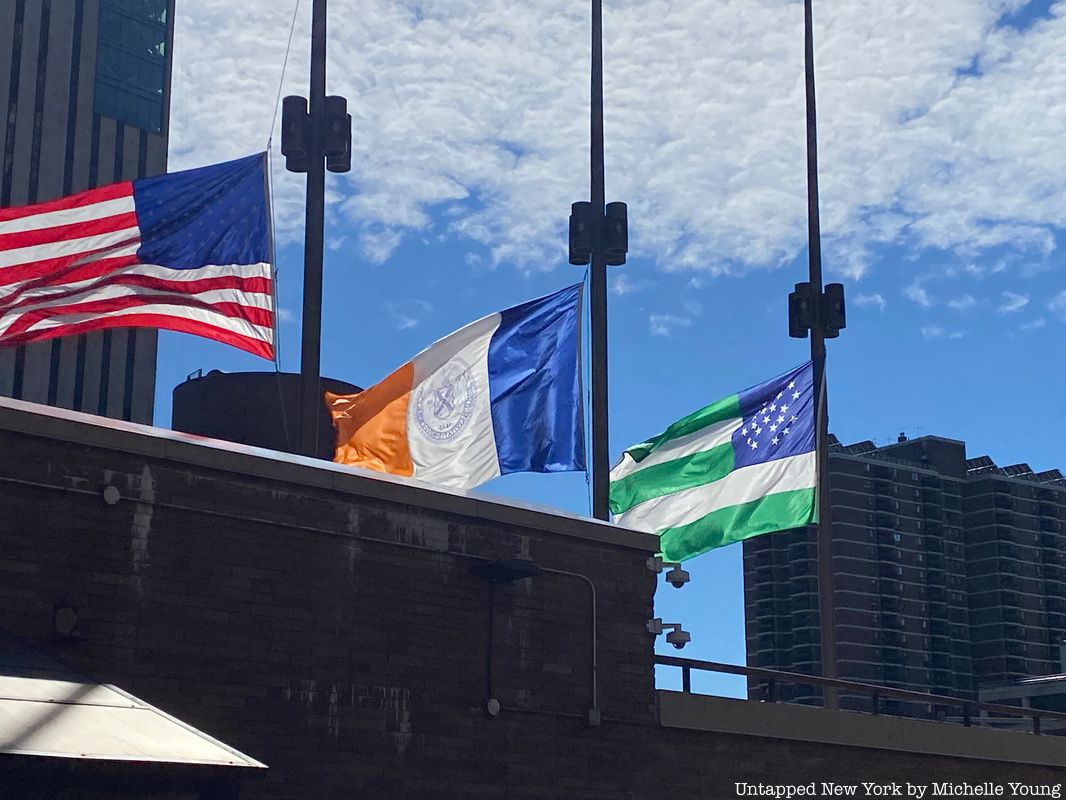
NYPD flag on far right
The NYPD flag was created in 1919 and is displayed outside New York City precincts. The flag features alternating green and white stripes to represent the city’s five boroughs: Manhattan, Queens, the Bronx, Brooklyn and Staten Island. The blue square in the corner represents the official color of the NYPD uniforms. There are 24 stars in the blue square: 23 of the stars represent the 23 towns and villages that became part of the city after the Consolidation of 1898, which formed what is today the five boroughs of “Greater New York.” The 24th star represents all of New York City. Aside from being flown outside of precincts, the NYPD flag is also wrapped around the coffins of fallen officers at their funerals and for parades or processions.
Each borough of the city also has its own flag. See what they look like here.
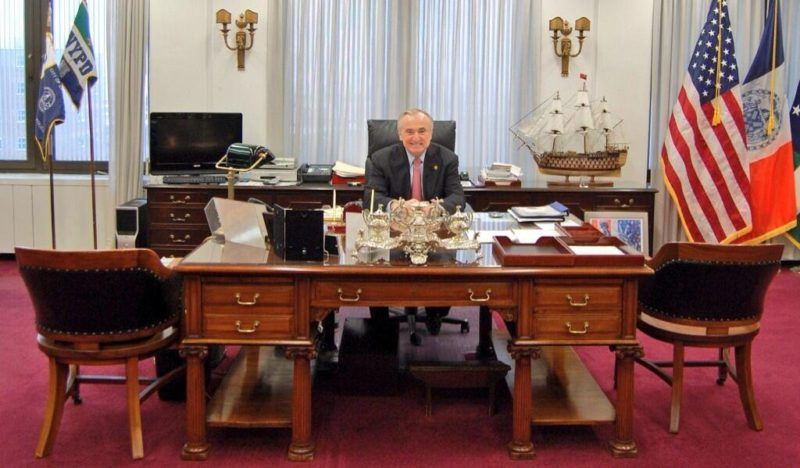
Photo via Twitter/CommissBratton
Theodore Roosevelt served as the President of the NYPD Board of Commissioners from 1895 to 1899. During this time, he enacted a number of reforms that transformed the corrupt city agency and walked through each police beat to ensure officers were doing their jobs (and palled around with reformer Jacob A. Riis). Theodore Roosevelt’s desk remains at 1 Police Plaza and has been used by the police commissioners that followed him, such as the current Police Commissioner, Bill Bratton.
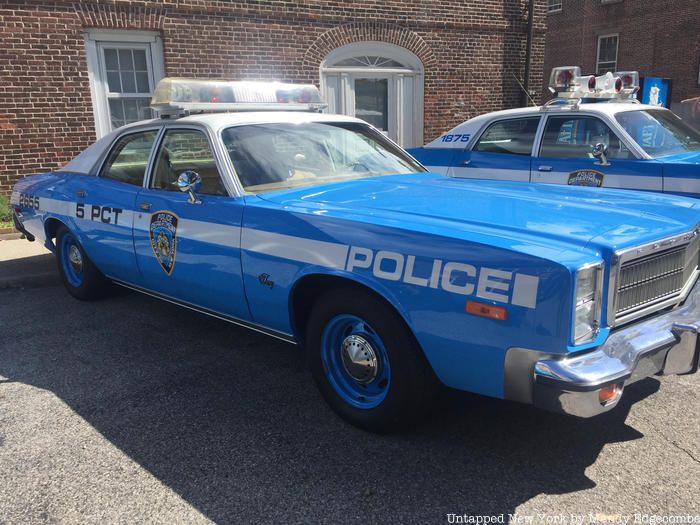
In 1998, the New York City Police Museum was established to preserve the history of the New York City Police Department. Former Police Commissioner Howard Safir and the Alliance for Downtown New York set aside $5 million for the construction of the museum. It was criticized by some as “buying police protection” and Mayor Rudy Giuliani cut funding for the project. The project was eventually approved after the New York City Police Museum non-profit was created, and the museum opened in April 1999. Although it was ready, the museum was not officially unveiled until January 2000.
It was located at 45 Wall Street, but has been closed for renovations since Hurricane Sandy in 2012 and moved to Governors Island where only a few exhibitions have been launched. Exhibitions at the museum included “The Look of the Law,” illustrating the progression of police officer uniforms throughout the years.


The NYPD Mounted Police Unit was formed in 1875. Mounted police forces are still used in many countries, but the sizes of the forces in the United States has decreased over the years. In 2011, the New York Times reported that the NYPD Mounted Police Force had 79 police officers and 60 horses. This is a decrease compared to the 130 officers and 125 horses that it used to have. Deputy Inspector Barry Gelbman serves as the current Commanding Officer of the Mounted Unit.

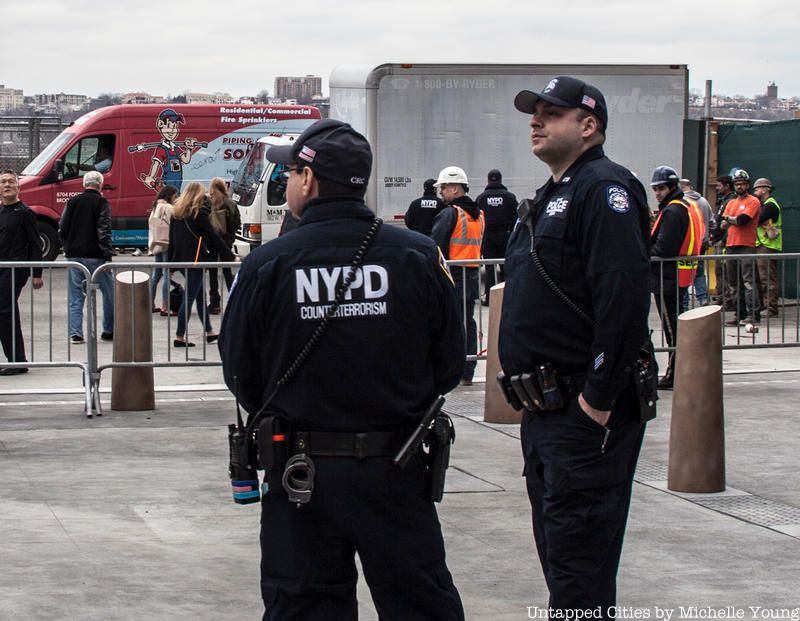
The NYPD’s largest ad-hoc force is its counterterrorism unit, made permanent in November 2015. The force, known officially now as the Critical Response Command unit, was planned to have about 5600 officers and was initially formed after the terror attacks in 2001. The timing of the announcement to make the unit permanent came a few days after the November attacks in Paris, but was not a response to them. Still, it highlighted the importance of dedicating a unit of officers to preventing terrorism, both homegrown and from abroad.
The counterterrorism unit is headquartered on Randall’s Island, in the former Street Crime Unit building of the NYPD. One of the places the unit has trained is in the lower abandoned level of the Bowery subway station.
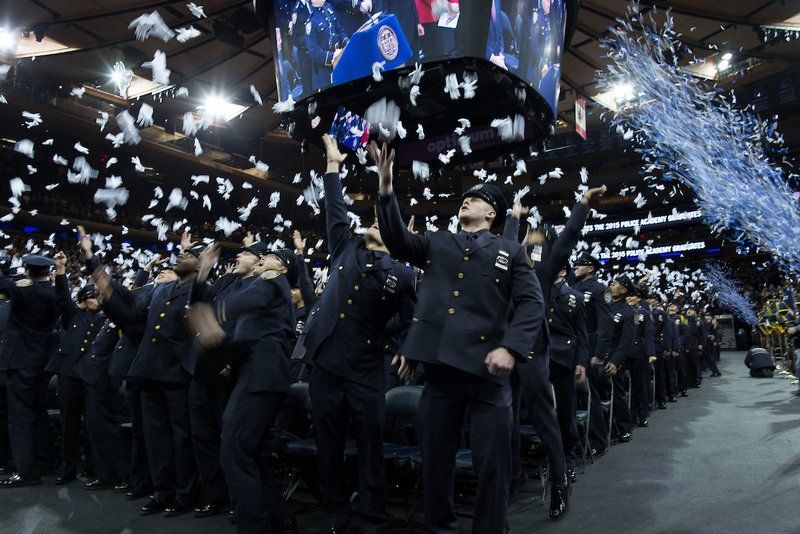
Photo: Michael Appleton/NYC Mayoral Photography Office
Barry Popik is an etymologist and self-proclaimed expert on the origins of well-known terms including “The Big Apple,” “The Windy City” and ” jazz.” On his website, Popik says that the NYPD nickname “New York’s Finest” has several possible origins. One explanation is that the nickname came from the NYPD’s first Superintendent, George W. Matsell, who said, “I intend, sir, to make of this the finest police force in the world.” The term “finest” has been used to refer to the police department over the years and it is most likely the oldest nickname for any New York City agency. Other nicknames include “New York’s Bravest” for the New York Fire Department and “New York’s Strongest” for the New York Department of Sanitation.
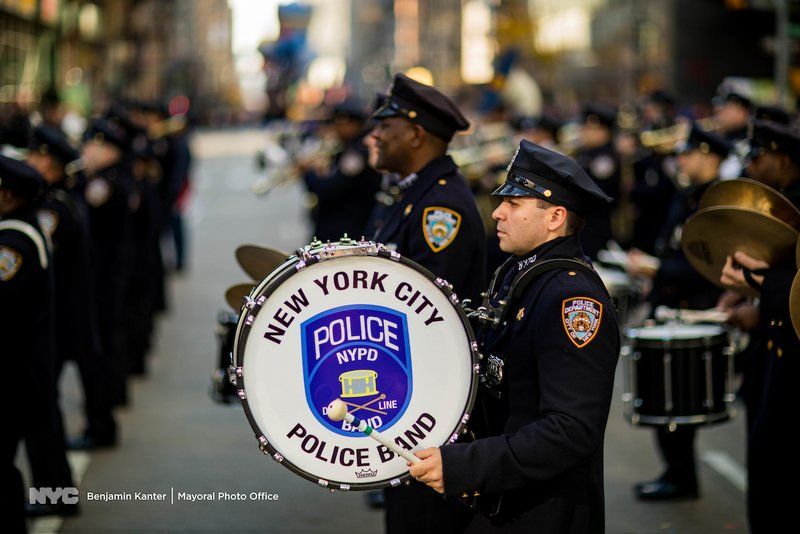
Macy’s Thanksgiving Day Parade. Thursday, November 23, 2017. Benjamin Kanter/Mayoral Photo Office
The New York City Police Department Band formed in 1991 and is currently headed by its founder Lieutenant Tony Giorgio. According to Pix 11, the band performs at department events, ceremonies and parades in the United States and around the world. There are ensembles within the larger band, including the Steel Drum Ensemble, the Percussion Ensemble and the Jazz Ensemble.
Next, check out the Top 10 Secrets of NYC’s FDNY and Vintage NYC Photos from the NYPD to be Released to the Public. Keep up with the author @jen_bagcal.
Subscribe to our newsletter